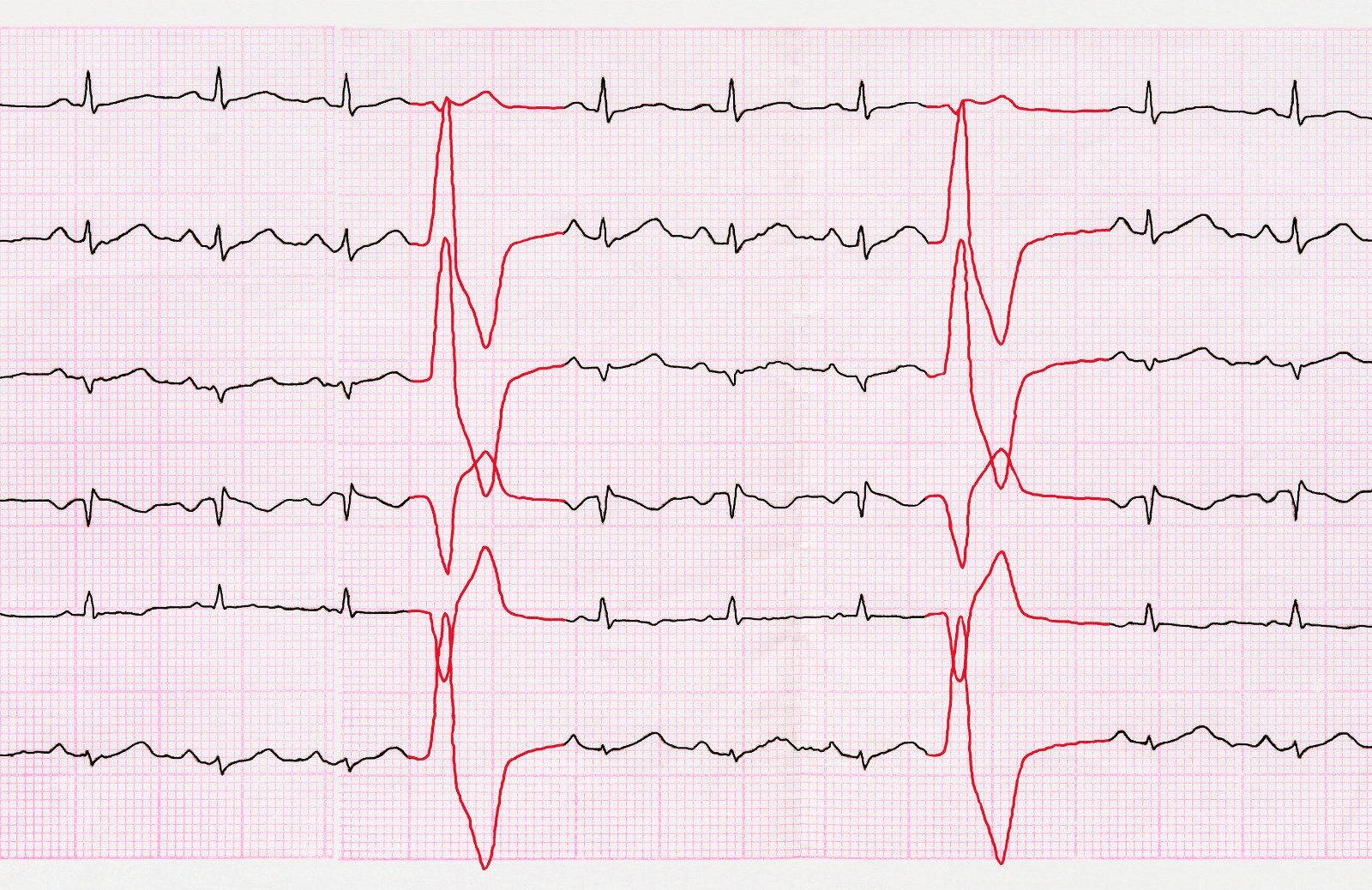|
Types of MR
|
Case
|
Intervention
|
|
Primary MR
|
-Symptomatic OR asymptomatic
-Severe MR and systolic dysfunction (C2 and D)
-Not fit for surgery or should be delayed.
|
GDMT is reasonable
|
|
-Severe Stage D
-Symptomatic
|
Mitral valve intervention, irrespective of LV systolic function
|
|
-Asymptomatic
-Severe MR
-LV systolic dysfunction (LVEF<=60, LVESD >=40 mm).
|
Mitral valve surgery is recommended
|
|
-Severe MR
-Surgery indicated
-MR cause is degenerative disease
|
Mitral valve repair is preferred over mitral valve replacement if successful and durable repair is achievable.
|
|
-Asymptomatic and severe MR
-Normal LV systolic function (LVEF >=60, LVESD <=40 mm)🡪stage C1
|
Mitral valve repair is reasonable if:
-Likelihood of successful and durable repair without residual MR is > 95%.
-Expected mortality rate < 1%
-Performed at primary or comprehensive valve center
|
|
-Asymptomatic severe MR
- Normal LV systolic function (LVEF >60, LVESD <40 mm)🡪stage C1
-Progressive increase in LV size OR decrease in EF on >=3 serial imaging studies.
|
Mitral valve surgery might be considered regardless of success or durable repair.
|
|
-Severe symptoms (NYHA class III or IV)
-Severe MR
-High surgical risk
-Patient's life expectancy >= 1-year
|
TEER (transcatheter edge-to-edge repair) is reasonable if valve anatomy is favorable for repair
|
|
-Symptomatic Severe MR related to Rheumatic valve disease
|
Mitral valve surgery might be considered if surgery is indicated.
-Perform in a comprehensive valve center by an experienced team if durable and successful repair is likely.
|
|
-Severe MR
- Involvement of the posterior leaflet is less than one-half
|
No Mitral valve replacement is necessary unless mitral valve repair was done at the primary or comprehensive valve center and was unsuccessful.
|
|
Secondary MR
|
-Severe MR (stages C and D)
-HFrLVEF
|
GDMT under the supervision of a specialist.
|
|
-Severe MR
-LVEF<50% with persistent symptoms (NYHA II, III OR IV) on GDMT
|
TEER is reasonable if:
- Appropriate anatomy on TEE
-LVEF 20-50%
-LVESD<=70 mm
-Pulmonary artery systolic pressure<=70 mmHg
|
|
-Severe MR (stages C and D)
-CABG undertaken for myocardial ischemia
|
Mitral valve surgery is reasonable.
|
|
-Severe MR from atrial annual dilation
-Preserved LV function >=50% with severe persistent symptoms (NYHA III or IV)
-Already On HF or AFIB therapy.
|
Consider Mitral valve surgery
|
|
-Severe MR from LV systolic dysfunction (LVEF<50)
-Persistent symptoms (NYHA III or IV) while on GDMT
|
Consider Mitral valve surgery.
|
|
-Severe MR from LV systolic dysfunction (LVEF<50)
-Coronary artery disease
-Undergoing MV surgery because of severe symptoms (NYHA III or IV) despite GDMT
|
Chordal sparing and mitral valve replacement are reasonable
|


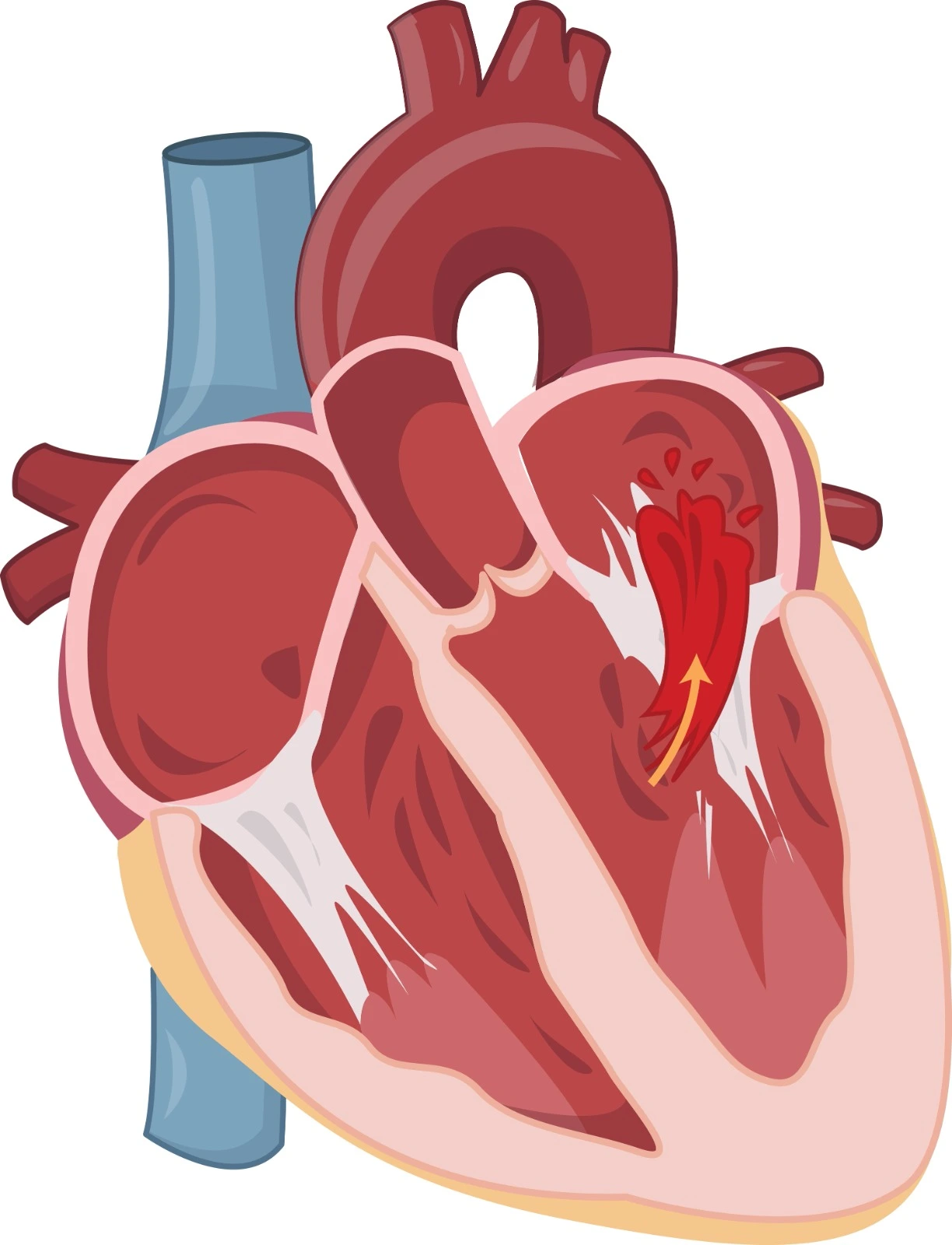
.webp)
.webp)
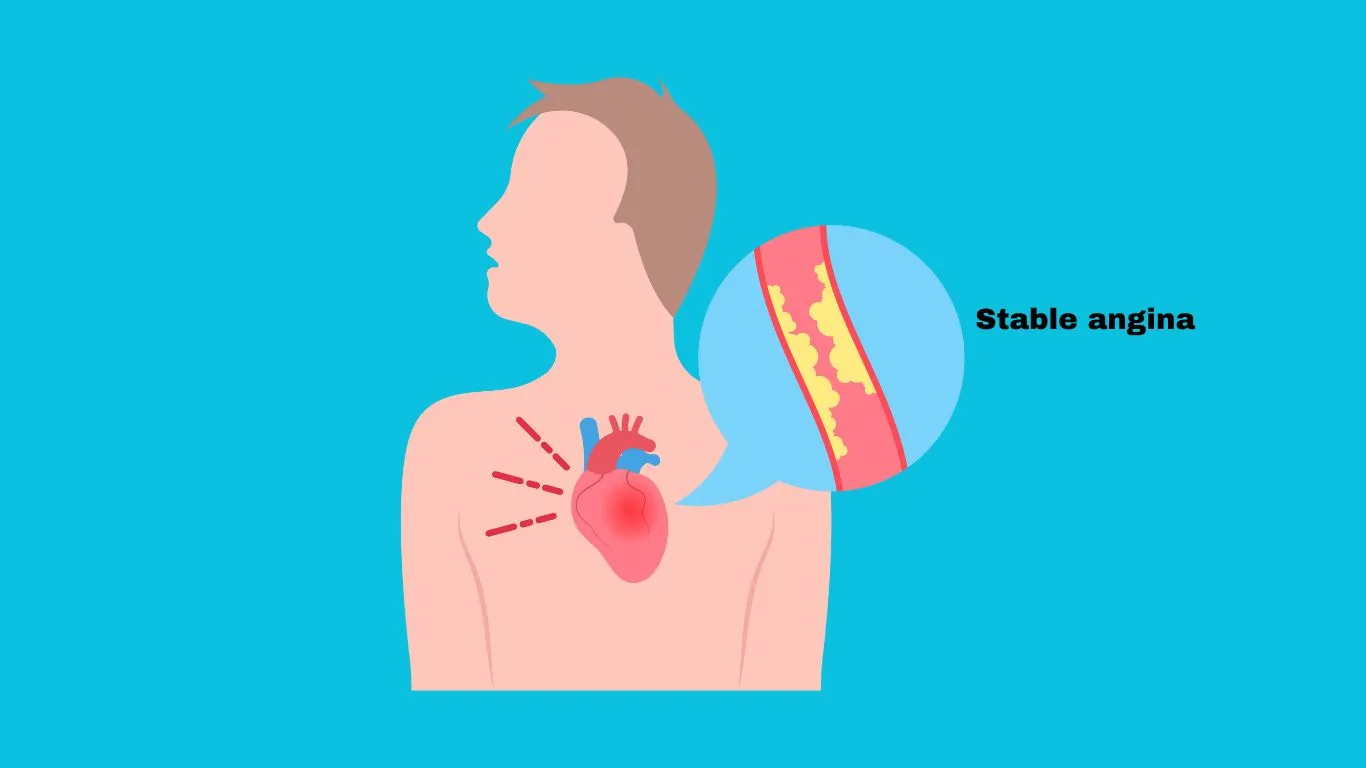
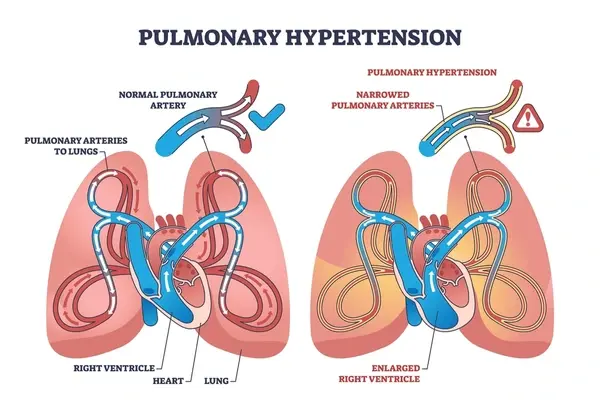
.webp)
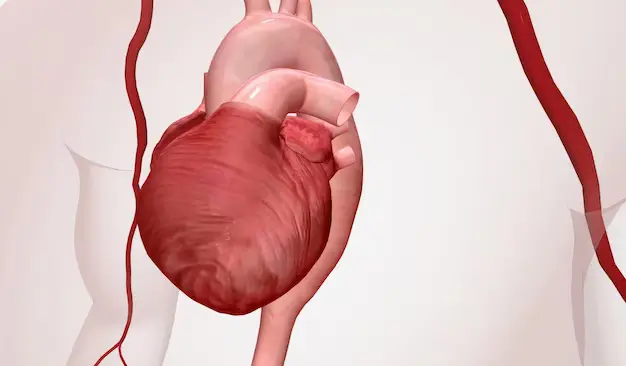
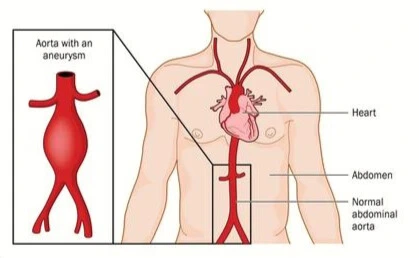
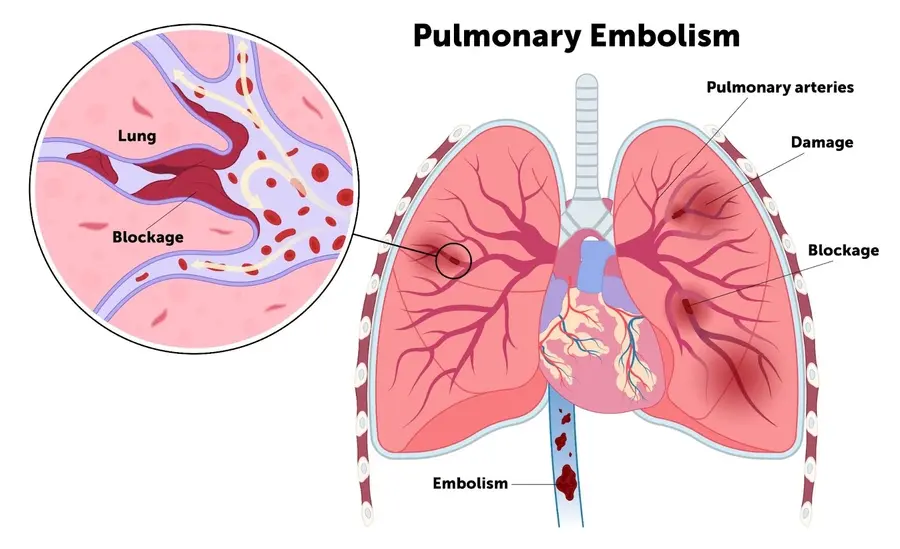
.webp)
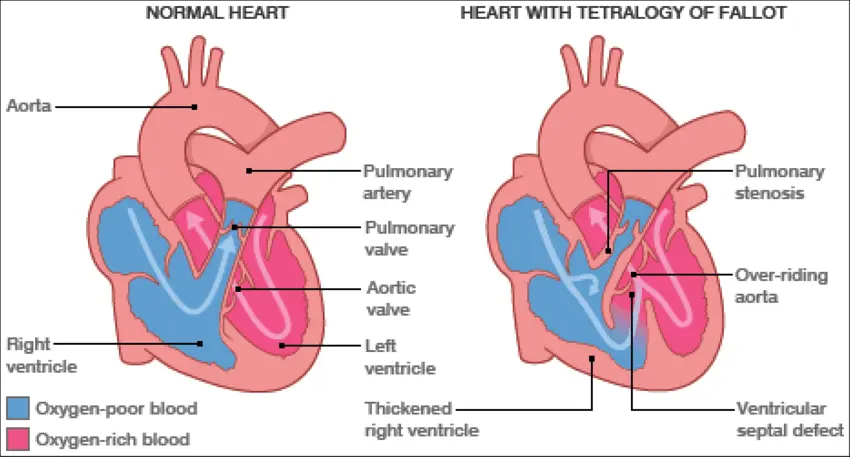
.webp)

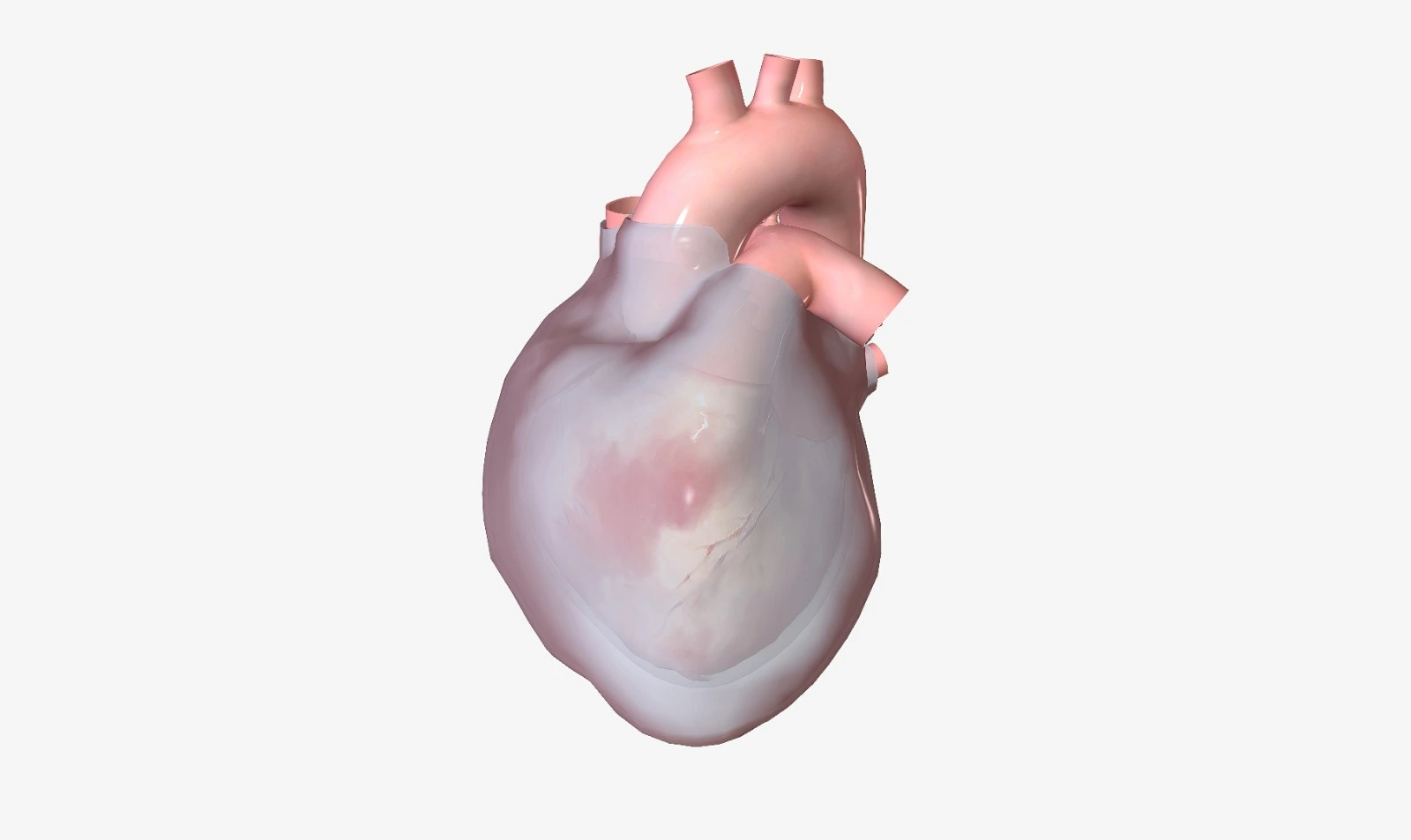
.webp)
